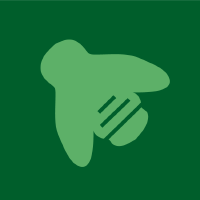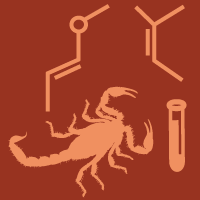Topic Menu
► Topic MenuTopic Editors


Research on Natural Bioactive Products-Based Pesticidal Agents
Topic Information
Dear Colleagues,
Currently, chemical pesticides are still an effective means to control pests. However, the consequent problems of pest resistance and resurgence, with serious repercussions such as chemical pesticide residues for food safety, human health, and the ecological environment, still arise. Since botanical pesticides originate from plant secondary metabolites, which are produced under the selective forces driving coevolution between plants and the environment (life and non-life), they often experience less or slower resistance development and are more eco-friendly. Therefore, the application of natural plant-derived products, which represent a priceless source of botanical pesticides, has received increasingly attention. On the other hand, when compared with chemical pesticides, to improve their agricultural properties, using them as lead compounds for structural optimization. Bioactive natural products, as an invaluable source for structural diversity and biological activity, can promote, either directly or indirectly, the discovery of green pesticide candidates. In particular, study of their mechanisms of action against pests is also important for the development of pesticidal agents.
Therefore, in this Topics, entitled “Research on Natural Bioactive Products-Based Pesticidal Agents”, we will present three recent achievements in this field, namely, the isolation and structural elucidation of natural bioactive products (NBPs), structural modification of NBPs, and discovery of the mechanism of NBPs as pesticidal agents. Original research articles and review articles addressing major issues related to natural-bioactive-product-based pesticidal agents are welcome.
Dr. Min Lv
Dr. Hui Xu
Topic Editors
Keywords
- natural bioactive product
- isolation
- structural modification
- mechanism of action
- botanical pesticide
- plant extracts
- agricultural activity
- control efficacy
- structural elucidation
Participating Journals
| Journal Name | Impact Factor | CiteScore | Launched Year | First Decision (median) | APC |
|---|---|---|---|---|---|

Agronomy
|
3.4 | 6.7 | 2011 | 17.2 Days | CHF 2600 |

Insects
|
2.9 | 5.6 | 2010 | 18.1 Days | CHF 2600 |

Toxins
|
4.0 | 8.2 | 2009 | 18.4 Days | CHF 2700 |

Preprints.org is a multidisciplinary platform offering a preprint service designed to facilitate the early sharing of your research. It supports and empowers your research journey from the very beginning.
MDPI Topics is collaborating with Preprints.org and has established a direct connection between MDPI journals and the platform. Authors are encouraged to take advantage of this opportunity by posting their preprints at Preprints.org prior to publication:
- Share your research immediately: disseminate your ideas prior to publication and establish priority for your work.
- Safeguard your intellectual contribution: Protect your ideas with a time-stamped preprint that serves as proof of your research timeline.
- Boost visibility and impact: Increase the reach and influence of your research by making it accessible to a global audience.
- Gain early feedback: Receive valuable input and insights from peers before submitting to a journal.
- Ensure broad indexing: Web of Science (Preprint Citation Index), Google Scholar, Crossref, SHARE, PrePubMed, Scilit and Europe PMC.

